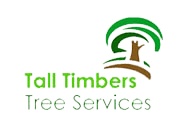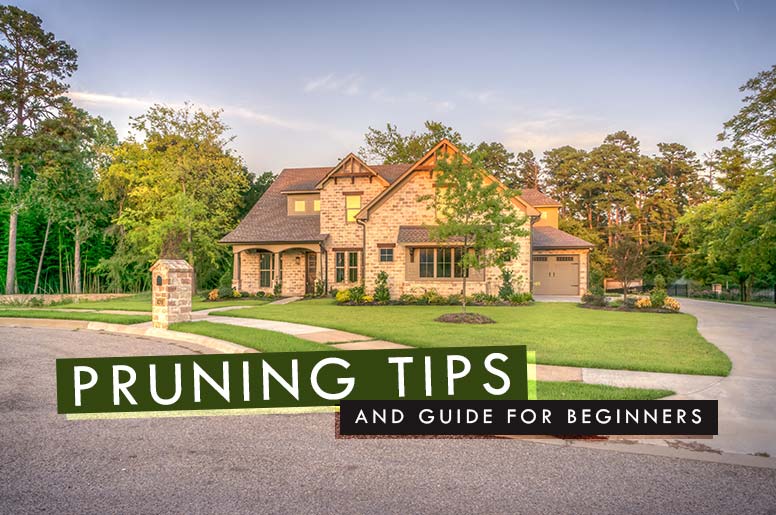Pruning is an important gardening skill. Both knowledge and skills are needed to handle and accomplish pruning tasks. When you know the proper pruning techniques, you encourage the healthy growth of plants and trees in your garden and improve your property’s overall aesthetics. Incorrect pruning could do more harm than good, even resulting to plant injury and death. You have to consider factors such as the species of plants and their health at the time of pruning. If you are keen on pruning your plants but have little information on how to do it correctly, below are some helpful tree pruning tips and guide for beginners.
Before pruning your trees and plants, it is important to know what type of pruning will be required. There are 4 basic types of pruning methods:
Cleaning Method
This is a selective kind of pruning wherein the dead, diseased, and broken branches or stems are removed to reduce the risk of decay. The cleaning method is ideal for old trees and plants because you will not need to remove any of its live stems.
Reducing Method
This method is done to decrease the height and spread of your plant. It will improve your plant’s aesthetics and minimises the risks of overgrowth in unwanted areas like roofs, buildings, and utility lines. It is not applicable to all plants and you will have to consider their species and state of health.
Thinning Method
The thinning method decreases the density of living branches. It allows air and sunlight to reach the inner parts of the plant. This can be done on plants with a large volume of branches and leaves.
Raising Method
This pruning method provides vertical clearance for buildings, vehicles, and pedestrians. In this method, the lower branches of a tree or plant will be removed. It is commonly used to prune trees in commercial and residential areas.
What to Keep in Mind
1. Use the Right Pruning Tool
The right assortment of secateurs and loppers will help make clean cuts that won’t easily get infected. Bypass secateurs are preferred by most professional arborists for stems up to finger-thickness. For thicker and tougher stems, long-handled loppers that have up to 3cm in diameter are recommended. And, for even thicker branches, a pruning saw will come in handy.
Additionally, practice proper tools maintenance. A badly used tool will not ensure a job is correctly done. Keep the blades of secateurs and loppers sharp and clean by wiping off any sap and debris after every use. Then, apply oil to avoid rust development. To sharpen secateurs, use a fine file regularly. Spraying an organic disinfectant will also be useful in preventing disease transmission.
2. Cut at the Correct Distance
Proper cuts are done just above the buds, but not too close to risk any damage. Cutting too far above it will also be dangerous because water could be trapped in the stub and lead to rotting. Cut at a distance above the bud approximately a quarter of the thickness of the stem.
3. Snip Away at the Proper Angle
45° is the ideal cutting angle so that the top of the cut slants away from the bud and toward where the bud is pointing. This minimises the rotting of any excess tissue and helps the top of the stem eliminate water to avoid it from reaching the delicate bud.
4. Eliminate Weak Growth
Thick shoots are stronger than thin ones. Even up plant growth by pruning back thin stems harder and cut them shorter than the thick strong ones. If there are week shoots growing from the base, completely cut them out to encourage stronger new growth.
5. Improve Air Circulation
Plants are healthier and look better if sunlight reaches their centre and when air can freely circulate in its branches. Better circulation will also reduce pest infestation and plant diseases. Remove the shoots growing near the centre of the plant and thin out problem branches that cross over each other. Remember to begin with the weaker and older stems.
Following these pruning tips and guide for beginners will help ensure that your pruning and tree care needs will be correctly addressed. If you’d like to know more about how to prune plants, how pruning promotes growth, and other pruning basics, it’s best to consult with a professional arborist. Get in touch with the professionals at Tall Timbers Tree Services. Call us on 0414 627 627 today! We also offer pruning service and a vast array of other services for all your tree care needs.

